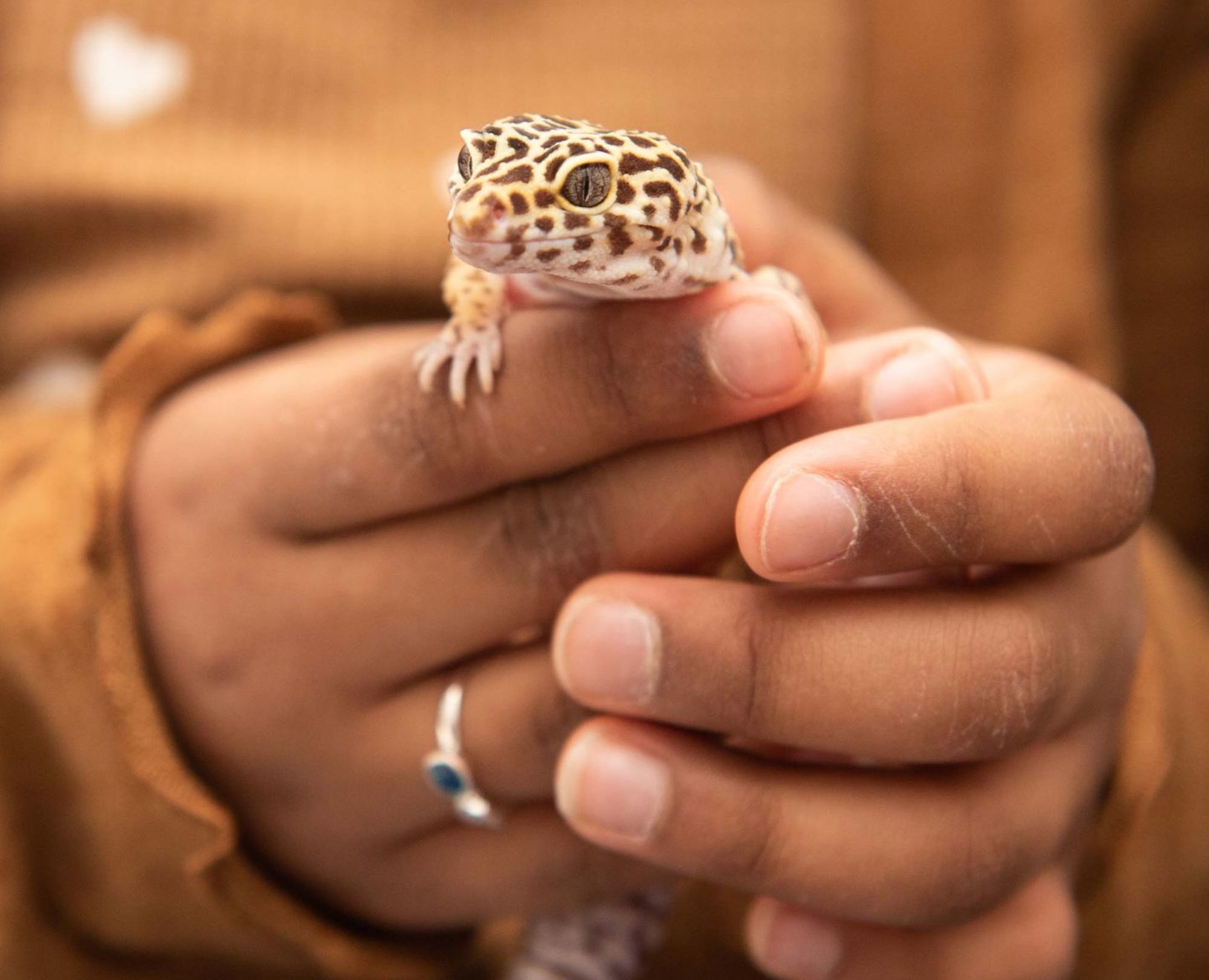
Keep Your Pets Safe This Winter
As we hit extreme cold temperatures, make sure you have everything you need to keep your pet warm, cozy and safe from the cold. It’s critical to understand the risks of freezing temperatures and how it can harm your pet. While there are some animals and dog breeds that thrive in colder weather, most cats, dogs and other pets left out in the cold are at risk of hypothermia, frostbite on their ears, paws and tails, serious illness or even death.
Keep them sheltered
Remember, if it’s too cold for you, it’s probably too cold for your pet, so keep your animals inside. In addition, don’t leave pets alone in a car during cold weather, as cars can act as refrigerators that hold in the cold and be fatal. If you’re out on a walk with your dog, ensure the walk is small and keep your pet on a leash, especially during a snowstorm. Dogs can face difficulty following a scent in fresh snow and can easily become lost. You pet may also not be as visible to oncoming traffic, having high visibility or reflective material coats on your pet is helpful. An unleashed pet may also wander off onto a lake or frozen water body that may not support your pet’s weight, and falling through ice can prove fatal.
Cover up!
No matter what the temperature is, windchill can threaten a pet's life. Exposed skin on noses, ears and paw pads are at risk for frostbite and hypothermia during extreme cold snaps. For this reason, short-haired dogs often feel more comfortable wearing a sweater — even during short walks.
Rock salt and other chemicals used to melt snow and ice can irritate the pads of your pet's feet. Wipe all paws with a damp towel before your pet licks them and irritates their mouth. Consider using booties or shoes to protect their paws.
At home
Ensure your furry friend has a warm place to sleep that is away from drafts and off the floor. A thick cozy bed with a blanket or pillow is great! If the temperatures are dipping and you don’t have enough heat in the house, consider putting a heating pad or heated blanket on the dog/cat bed.
Remember to always check for signs that your companion animal may be cold or uncomfortable during the winter. Signs to look out for:
Shaking or shivering
Hunched posture with a tucked tail
Whining or barking
Change in behaviour, showing anxiety
If on a walk, reluctance to keep walking or your pet tries to turn around
Seeking places to shelter during a walk
Lifts paw off the ground

Back to All Blog Posts
Explore more blog posts about animal care, pet safety, and animals within our community.


